





Parainfluenza
What is a parainfluenza and why it arises?
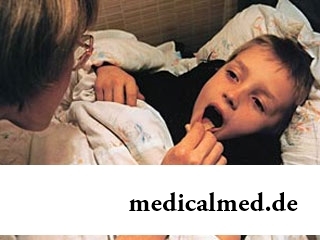
The parainfluenza is an infectious disease which affects mucous upper respiratory tracts, is followed by moderate intoxication of an organism and can lead to emergence of epidemics. A contagium is the parainfluenza virus, and an infection source – the sick person.
The people infected with a parainfluenza constitute danger to people around during all incubation interval and in an acute phase of a course of a disease. The virus is transmitted in the airborne way therefore the parainfluenza at children begins to develop as at direct contact with the sick person, and at inhalation of air which contains activators. The parainfluenza strikes preferential children under 7 years and leads to disease outbreaks which cover the most part of children's collective.
Mechanism of development of an infection
With droplets of saliva or parts of dust the virus of a parainfluenza gets on mucous upper respiratory tracts. There it is besieged on an epithelium of upper bosoms of a nose and throat, and also gets directly in cells. The virus of a parainfluenza has ability to completely destroy epitalialny cells with further development of inflammatory process and manifestation of all-toxic symptoms (fatigue, a headache, fervescence, a loss of appetite).
In process of progressing of a parainfluenza the immune system of the person continues to be weakened. It leads to activation of own pathogenic microflora and emergence of consecutive infections. The parainfluenza which treatment was carried out correctly develops immunity, however, it short. Antibodies quickly lose the protective qualities and therefore the child can be ill a parainfluenza two and more times a year. However, even insignificant immunity prevents development of severe forms of a disease that is especially important in a case with children at whom the organism cannot show worthy resistance to various diseases.
Parainfluenza symptoms
The incubation interval of a disease proceeds about a week. After that at the patient acute symptoms of a parainfluenza are shown:
- fervescence (reaches a maximum for 2-3 days of a disease);
- nose congestion;
- indisposition, weakness;
- headaches;
- loss of appetite;
- bystry fatigue.
General condition of patients satisfactory. At symptoms of a parainfluenza of intoxication are usually expressed poorly therefore to the forefront there are defeats of an epithelium of upper respiratory tracts which form the basis for the correct diagnosis. Patients are disturbed: dry, hoarse cough, feeling of a congestion of a nose, a sadneniye in a throat, hoarseness of a voice. Besides, the parainfluenza causes puffiness of almonds and reddening of a mucous membrane of a throat in children.
Distinguish an easy, medium-weight and heavy parainfluenza. The last meets extremely seldom, but leads to numerous complications: to pneumonia, quinsy, sinusitis, thorax pains, defeats to TsNS, stenosis, Croup syndrome. The child becomes uneasy, he observes a tsianotichnost of finger-tips and the expressed tachycardia. The heavy parainfluenza which treatment began too late can pass into the most dangerous phase – asphyxia at which skin turns pale, body temperature strongly decreases and serious trouble breathing are observed. During this period urgent resuscitation actions are necessary, otherwise the patient can die.
The parainfluenza at children, aged till 1 year, has oligosymptomatic character. At the same time up to 6 months the child possesses the congenital immunity received from mother therefore is ill seldom and without complications. After half a year the kid becomes susceptible to a parainfluenza and its complications, including the Croup syndrome.
Treatment of a parainfluenza
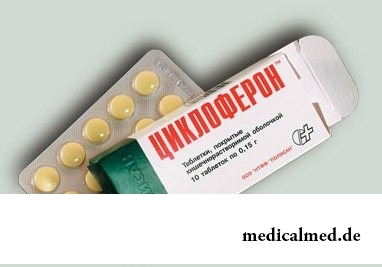
At treatment of a parainfluenza it is necessary to provide a bed rest, rest, plentiful drink and constant control behind their health. For treatment of a parainfluenza antiviral means are used (циклоферон, arbidol, виферон). For decrease in temperature febrifugal drugs are recommended. It is reasonable to use antibacterial agents at accession of consecutive infections. Patients with serious complications, for example, with the Croup syndrome, are subject to hospitalization where specialized medical care will be provided to them.
You remember also what to self-medicate very dangerously. The parainfluenza at children can lead to serious consequences therefore the child needs to be shown to the doctor who will choose the safest drugs and will watch change of a condition of the kid.
Prevention of a parainfluenza
Any specific actions of prevention of a parainfluenza do not exist. Parents have to isolate the sick child from healthy children, air rooms, regularly carry out wet cleaning. At contacts with a sick parainfluenza it is desirable to use a gauze bandage, and furniture and other household objects in its room to process by means of disinfecting solutions.
In our intestines are born, millions of bacteria live and die. They can be seen only at strong increase, but if they gathered, then would be located in a usual coffee cup.

The main role in development of a peptic ulcer of a stomach and duodenum the bacterium Helikobakter plays pilor. Activity and Wuxi...
Section: Articles about health
Climax - process of fading of reproductive function of an organism in process of its aging. At women the main sign of its approach is the termination of a menstrual cycle. Officially the menopause is diagnosed when periods are not observed in течен...
Section: Articles about health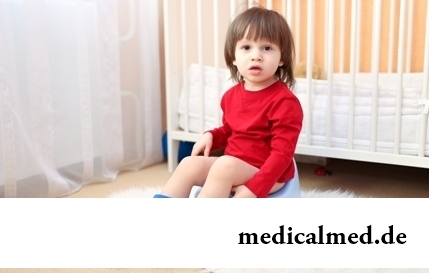
All parents are ready to what the baby often and pisat much. Since then, as the absorbing diapers strongly became current, keeping of the kid in dryness does not represent any problems. But if the grown-up kid continues to urinate in panties, parents begin to feel concern – whether it is normal, or the kid has an urine incontience? Let's try to understand what is enuresis why it arises at children and at what age it is necessary to begin it to treat....
Section: Articles about health
For anybody not a secret that the modern person eats not as his ancestors. For the last 100 years in broad access appeared with...
Section: Articles about health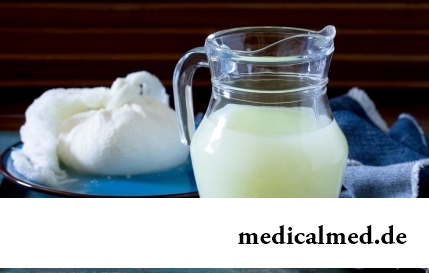
Milk and products of its processing by right occupy one of the main places in a diet of the modern person. They contain proteins, necessary for normal life activity, fats, vitamins and microelements, and are an important part of various medical diets....
Section: Articles about health
Physical activity is necessary for normal functioning of a human body. At a lack of the movement joints cease to function, muscles atrophy, cardiovascular activity is broken and the metabolism worsens. The modern city rhythm of life does not provide the person with an adequate exercise stress, additional - sport is necessary. Tedious tasks the huge number of the people having those or ин exists sport not all to liking, but also...
Section: Articles about health
Life expectancy in various regions of Earth is not identical. Exert impact on it social stability, economic бл...
Section: Articles about health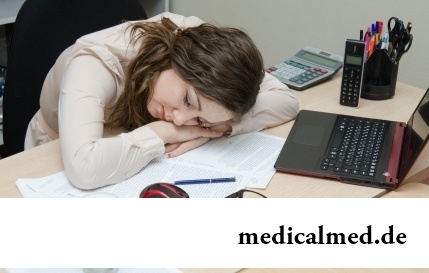
It is difficult to revaluate importance of kidneys for an organism. These bodies not only perform work on purification of blood of decomposition products and removal of excess liquid. They are responsible also for production of some hormones necessary for normality maintenance...
Section: Articles about health
Any person who faced a disease knows that treatment costs expensive. It belongs also to consultations of qualified specialists, and to the diagnostic procedures which are not included in the list of obligatory medical services. The question of cost of medicines is not so unambiguous: almost each drug is produced several producers at once, and the price of medicine can differ many times. In such situation there is a sense to understand in what differ from each other original environments...
Section: Articles about health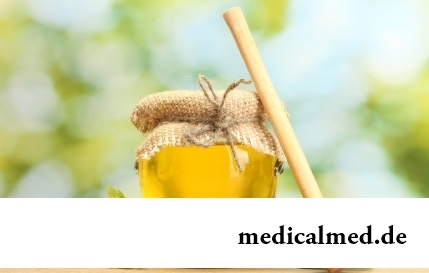
Bees – really unique beings. Practically all products of their life activity are used by the person. Since the most ancient times from...
Section: Articles about health
Several decades ago the basil (the district khan, реан, Reagan) was considered as a part of the Caucasian or east cuisine, but today it strongly took the place on tables of Russians. Greens of this plant possess a strong, pleasant smell and specific fresh taste, because of to...
Section: Articles about health
It would seem, about it there can be no disagreements: water is necessary for a human body for normal life activity, and about how and when it should be drunk, all know. It turned out that the situation is not absolutely so: for many years there are very persistent delusions connected with this question. Let's consider the most widespread of them....
Section: Articles about health
Dietary supplements (dietary supplements) for the last decades were so thoroughly included into our life that, apparently, it is already impossible on...
Section: Articles about health
What is in our understanding weeds? It plants which are considered to be suitable only for compost pits and feeding of animals. Meanwhile, among the weeds growing literally under legs it is possible to find the mass of the officinal herbs possessing invaluable Paul...
Section: Articles about health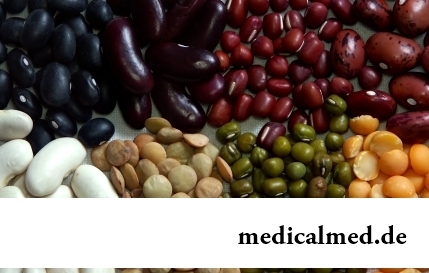
Ability of an organism to resist to adverse environmental factors (to impact of temperature drops, humidity and pressure, to the attacks of causative organisms, etc.) directly depends on what the person eats. Business here not only in that cells of a body received a necessary set of nutrients, vitamins and microelements. Scientists established that such components which are capable to influence negatively immune system, in connection with also are a part of foodstuff...
Section: Articles about health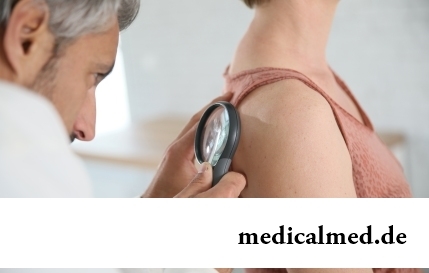
Scientists have no unambiguous opinion on a proximate cause of emergence of a carcinoma cutaneum today. Are precisely established only фа...
Section: Articles about health
You are office worker, the driver, the fan of winter sports or do not think of life without bicycle? You lead a slow-moving life and you move on the city only on the car? You have no constant partner and you do not love the protected sex? Attention! You one...
Section: Articles about health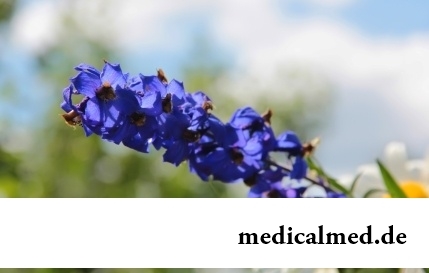
It is impossible to imagine human life in which there would be no plants. Practically in each apartment and any production room there are window plants, millions of people with pleasure are engaged in gardening and truck farming, many citizens spend free time on seasonal dachas. However we very seldom pay attention to those properties of our green pets who can make the neighbourhood with them unpleasant and even unsafe....
Section: Articles about health
From the failure of work of immune system which is shown in the form of an allergy, statistically, more than 40% of the population of the globe suffer. In большинс...
Section: Articles about health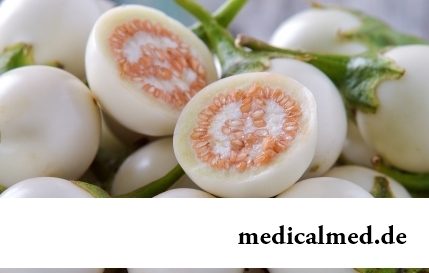
It is possible to find the extensive range of fruit and vegetables in modern shops. Russians already got used that on counters there is not only a seasonal domestic production, but the vegetables and fruit which are grown up in the countries with more comfortable conditions at all seasons of the year...
Section: Articles about health
The thought that the mass of their body is too big at least once in life visits from 80 to 95% of women. Many women are so obsessed with this idea that constantly try all new and new ways of weight reduction. A considerable part of these techniques is ineffective, and some in general are unsafe for health....
Section: Articles about health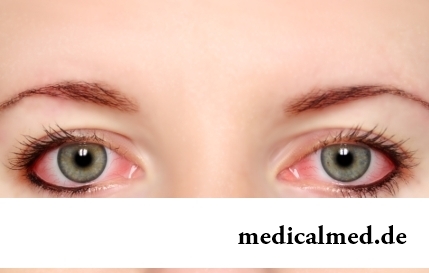
The sclera and mucous membrane of an eye are intensively supplied with blood vessels which problem - to sate nervous tissues of body to a pitata...
Section: Articles about health
The body of the person almost for 60% consists of water. It is so important for normal functioning of an organism that loss of only one and a half percent of liquid already leads to the most unpleasant effects. The problems connected with deficit of water can overtake and...
Section: Articles about health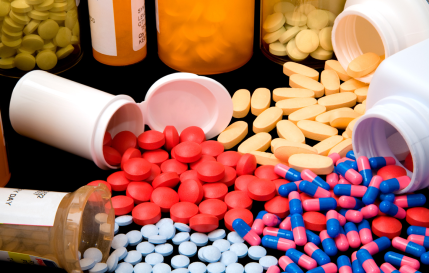
Long time antibiotics were considered as a panacea from all diseases and were appointed even at insignificant symptoms of an infection. Even now not everyone knows in what force of antibiotics how and when they should be accepted. Let's discredit 7 popular myths about such drugs....
Section: Articles about health
Color of plants is caused by presence at them of certain chemical compounds. Let's talk that various colors mean vegetable...
Section: Articles about health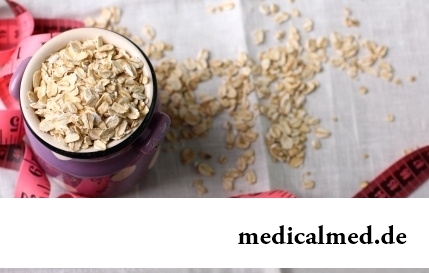
The list of stereotypes of which, apparently, all know strongly includes following: British surely eat porridge for breakfast. Perhaps, not all modern residents of Britain arrive quite so, but for those from them which continue to follow this t...
Section: Articles about health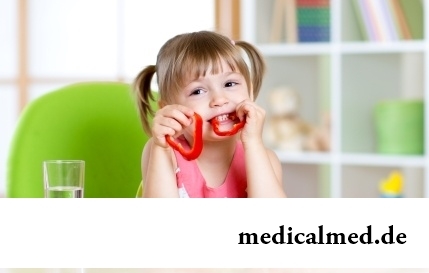
Reactive pancreatitis - the disease which is characterized by inflammatory process in a pancreas which arises most often because of excess activity of digestive enzymes. It − the emergency state which treatment has to take place in surgical department under control of doctors. The acute inflammation of gland can become the reason of its transition to a chronic form, and also development is purulent - necrotic pancreatitis which the extensive necrosis of fabrics can follow. Zabolev...
Section: Articles about health
